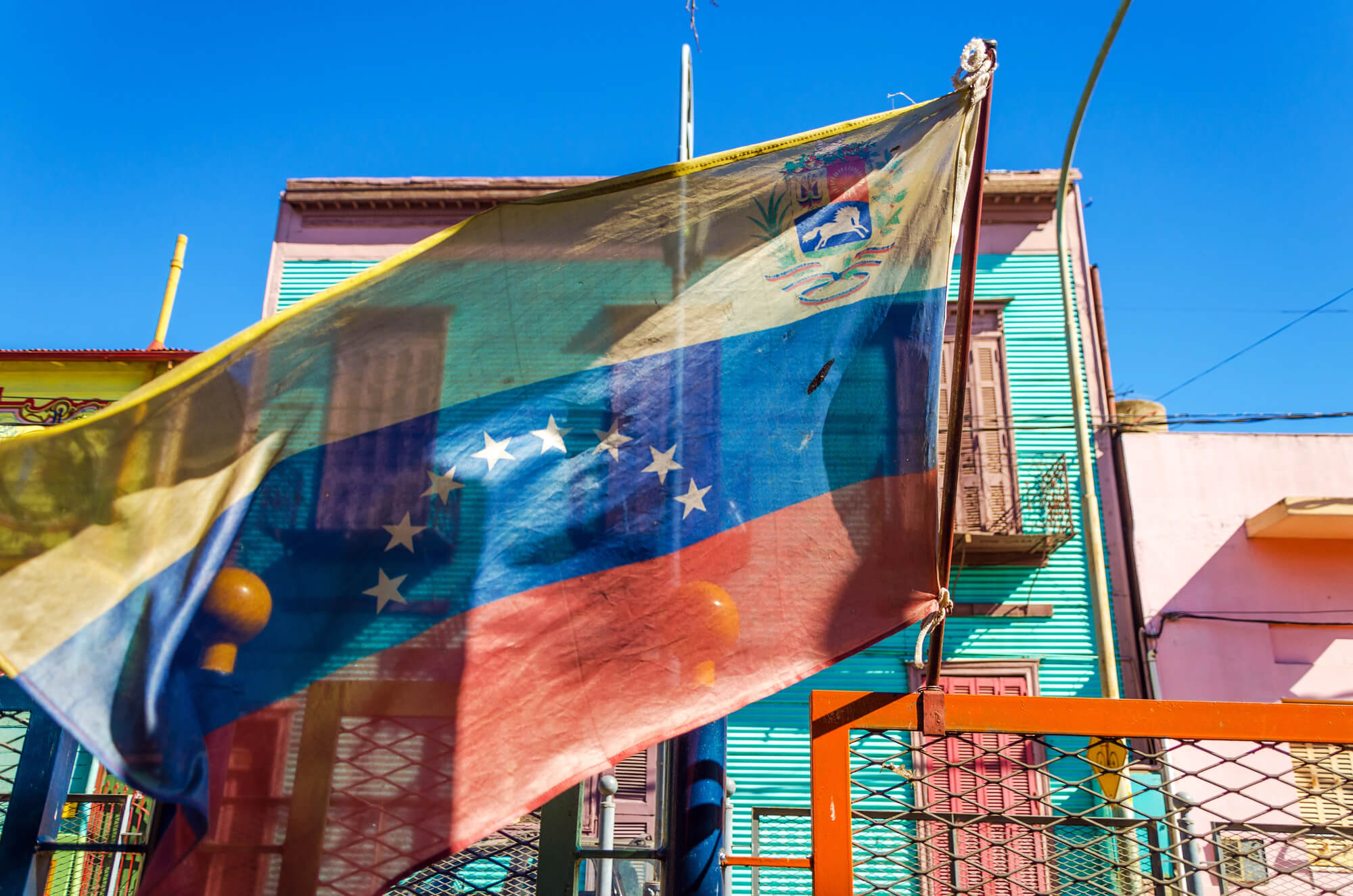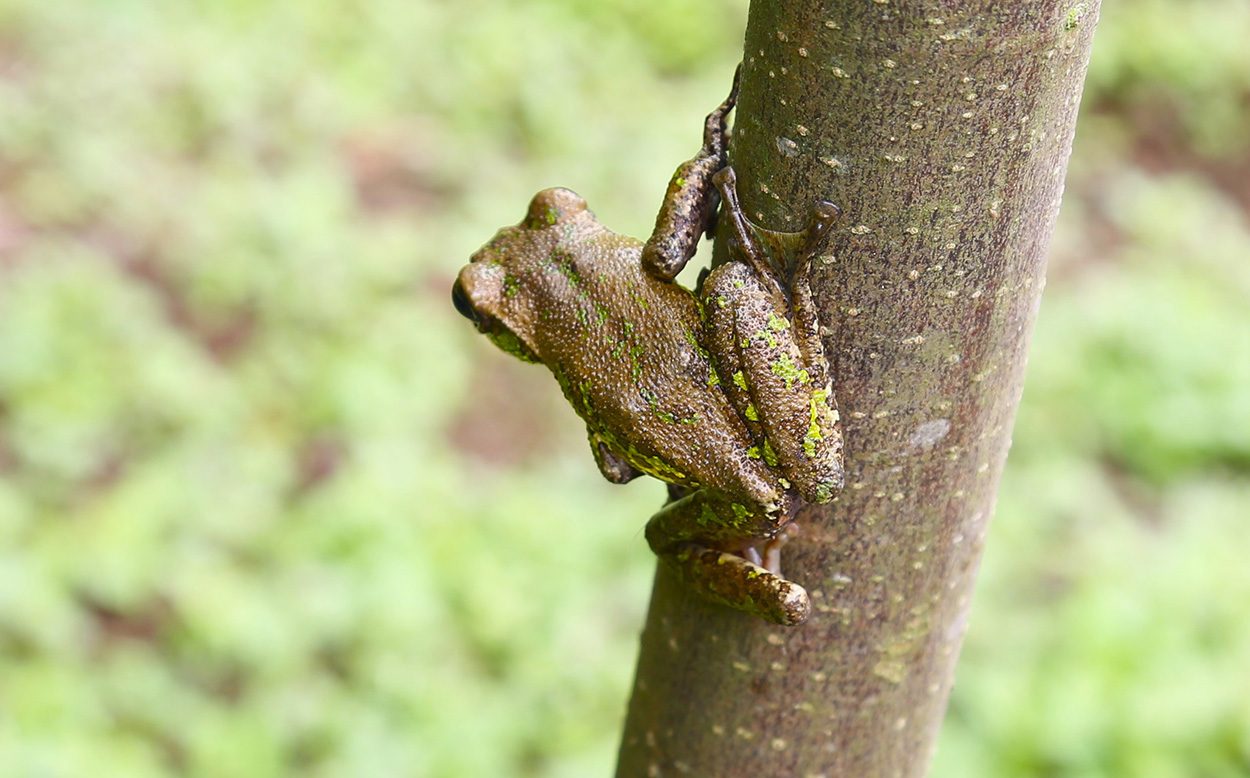To protect themselves from predators, less resilient animals usually use one of two strategies: escape or rely on camouflage. A study using frogs as an example explains why some species have evolved one strategy while others have. Accordingly, the selection pressure exerted by predators plays a critical role in determining whether an energetic, more expensive escape strategy is worthwhile.
In nature, there has always been an eternal struggle to adapt between predator and prey, producing countless hunting and camouflage strategies in the course of evolution. When it comes to prey that is not very strong, there are usually two options: flee or hide. Escape behavior is more cognitively demanding because the animals have to recognize potential enemies in a timely manner and respond to them in a targeted manner. This requires a larger brain and adequate physical abilities to escape, such as strong hind legs.
However, this complex strategy of escaping from predators consumes a lot of brain power and energy, and thus also has drawbacks. Species that have adapted to their environment in the course of evolution in an ideal way that are simply ignored by their predators depend on a different method. But camouflage can also be very good and, for example, makes it difficult to find a mate if the animals are not detected by their own species. In addition, these species are not optimally camouflaged on every surface and can only feel safe on brown tree bark or green leaves, for example.
Frogs as a test case
The two different strategies of predators are well described and understood. But why some species have developed one strategy and others are largely unclear. Therefore, Wen Bo Liao of China West Normal University in Nanchong, China, and colleagues investigated this question using more than a hundred species of Chinese frogs as an example. Using a spectrophotometer, they measured the reflectivity of the frogs’ skin and their immediate surroundings, such as leaves, rocks, or tree trunks on which they were sitting. This allowed them to visually determine how well each species adapted to its environment. This, in turn, told them whether the frog species used flight or camouflage to escape predators.
In addition, the researchers determined the respective hunting pressure by determining the frequency and number of snakes, which are the primary predators of frogs in the study area, that were found at frog breeding sites. “Because most snakes are visual hunters with well-developed eyesight, the evolution of frog camouflage likely adapted to snakes as predators,” Liao and colleagues explain.
It depends on the predators
Study results show that frogs with few predators are more likely to use flight as a survival strategy. Since they rarely have to flee from a predator, they have enough time in between to find food and get the energy they need to escape. This allows them to offset the higher cost of a larger brain and energy-consuming flight. In addition, these types of frogs are mostly
A more vivid color, which, among other things, can support visual communication when finding a partner.
However, if the frogs have many enemies, so that the predation pressure increases, then the escape strategy is less efficient. They simply do not have the time – for example to eat, to accumulate energy to escape or to reproduce. “Under these challenging conditions, the disadvantages of the cognitive functioning necessary for escape outweigh the disadvantages,” says senior author Stefan Luebold of Wageningen University in the Netherlands. “Evolutionarily speaking, this has led to a shift toward less movement and better camouflage — and a correspondingly smaller brain.”
Better disguise if needed
For the first time, the study establishes a direct relationship between brain development and various strategies for avoiding predators. They show that camouflaging is not necessarily an ideal primary strategy, as is often assumed, but rather a secondary adaptation resulting from the high cost of flexible cognitive escape behaviour. However, whether this association also exists with other strategies in frogs, such as poison glands or in other animal groups, still needs further investigation.
Source: University of Zurich; Specialized Article: Science Advances, doi: 10.1126/sciadv.abq1878

“Alcohol buff. Troublemaker. Introvert. Student. Social media lover. Web ninja. Bacon fan. Reader.”







More Stories
Asparagus with Salmon and Avocado: A slightly different asparagus dish
Intelligence and Alzheimer's disease: How fit is your brain? Your eyes guide her
Can you feel climate change? This installation visualizes science